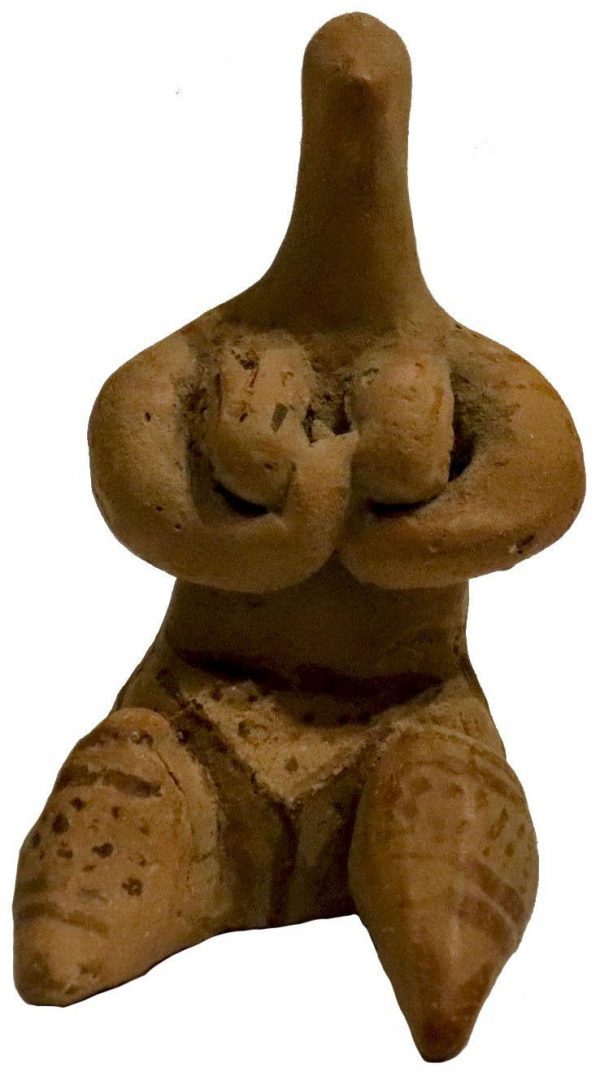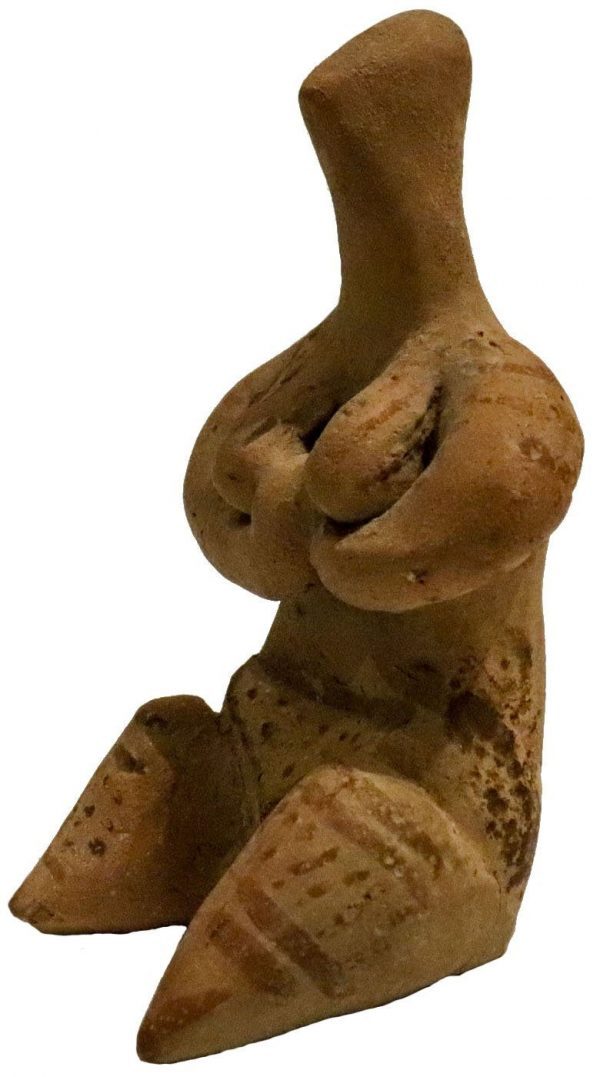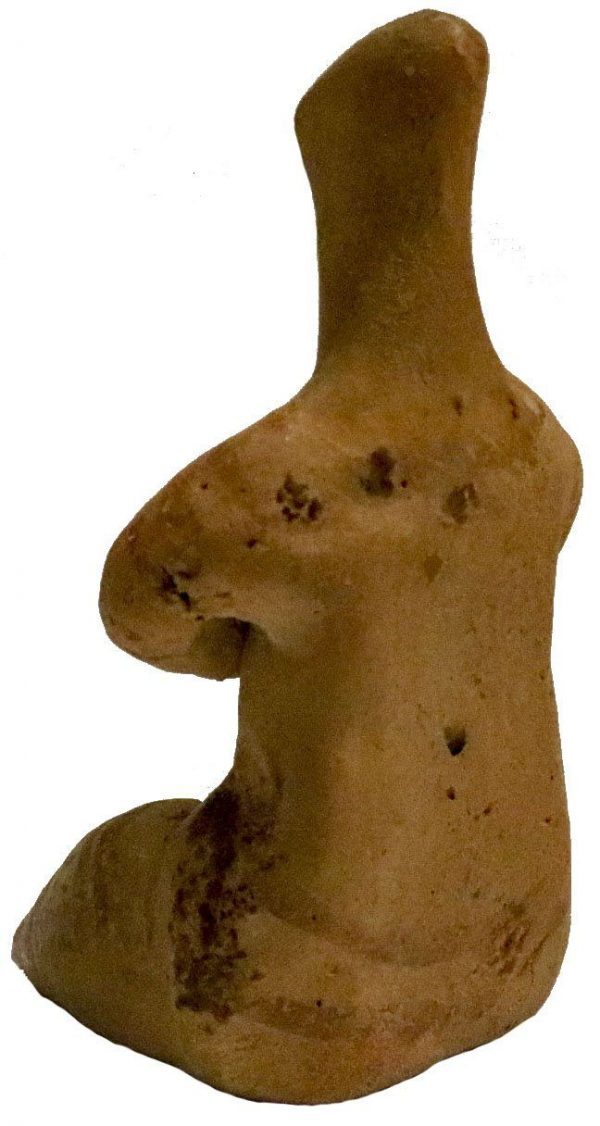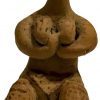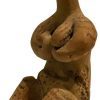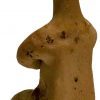Tell Halaf (Arabic: تل حلف) is an archaeological site in the Al Hasakah governorate of northeastern Syria, a few kilometers from the city of Ra’s al-‘Ayn near the Turkish border. The site, which dates to the 6th millennium BCE, was the first to be excavated from a Neolithic culture, later called the Halaf culture, characterized by glazed pottery painted with geometric and animal designs.
Painted ceramics flourished in the area, with containers showing decorative motifs, both figurative and geometric, which could possibly have a religious content: human beings, bucraniums, reptiles, scorpions, panthers, birds, painted in black and red. In the more recent phase of Tell Halaf, it was the most important center for quality, polychrome pottery, in shades of red, brown and white on a light background, with a more pronounced taste for floral and geometric motifs. Terracotta figurines of animals have been found, preferably of bovids, ram heads, double axes and polychrome female figures, which would have a religious conception, probably mother-goddesses, preferably in a sitting position, with wide breasts and thighs.
This mother Goddess is painted with the typical polychromy of the Halaf culture. She has large breasts and hips as a symbol of fertility. The neck and head are a later addition.
9 × 5 cms
5000-4000 BC
In stock
Tell Halaf (Arabic: تل حلف) is an archaeological site in the Al Hasakah governorate of northeastern Syria, a few kilometers from the city of Ra’s al-‘Ayn near the Turkish border. The site, which dates to the 6th millennium BCE, was the first to be excavated from a Neolithic culture, later called the Halaf culture, characterized by glazed pottery painted with geometric and animal designs.
Painted ceramics flourished in the area, with containers showing decorative motifs, both figurative and geometric, which could possibly have a religious content: human beings, bucraniums, reptiles, scorpions, panthers, birds, painted in black and red. In the more recent phase of Tell Halaf, it was the most important center for quality, polychrome pottery, in shades of red, brown and white on a light background, with a more pronounced taste for floral and geometric motifs. Terracotta figurines of animals have been found, preferably of bovids, ram heads, double axes and polychrome female figures, which would have a religious conception, probably mother-goddesses, preferably in a sitting position, with wide breasts and thighs.
This mother Goddess is painted with the typical polychromy of the Halaf culture. She has large breasts and hips as a symbol of fertility. The neck and head are a later addition.
9 × 5 cms
5000-4000 BC
| Weight | 0.9 kg |
|---|
